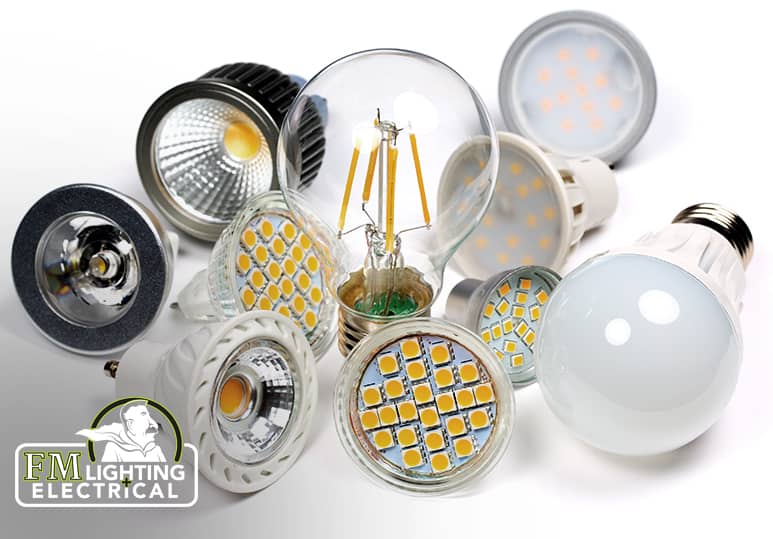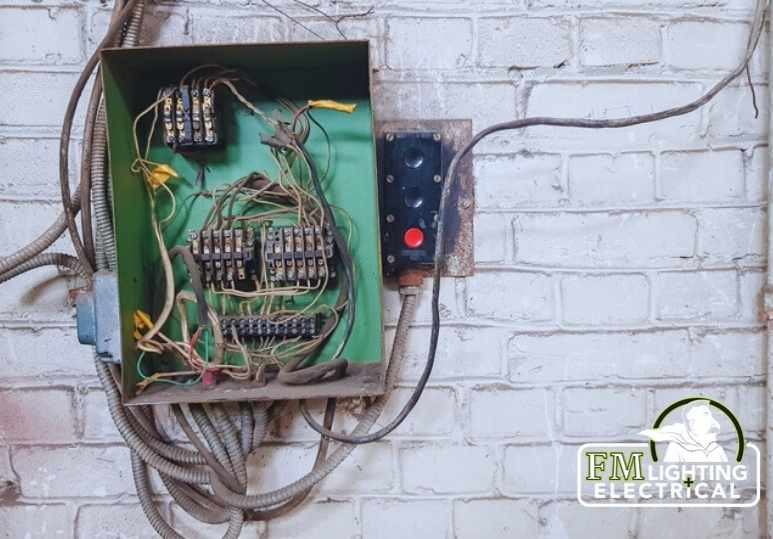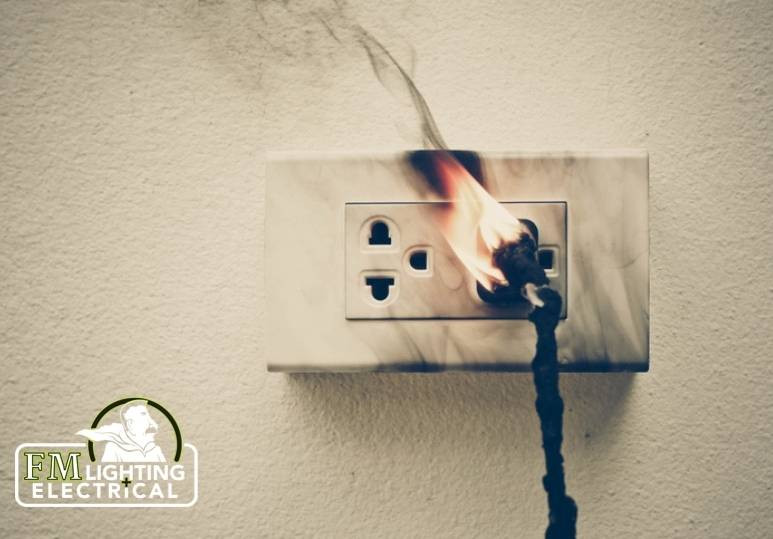Today, LEDs are rapidly phasing out incandescent light bulbs and even fluorescent lights. Their superior brightness, lifespan, and energy efficiency make them alluring for both commercial and residential uses. The fact that LEDs are only getting less expensive over time further adds to their desirability. In the next decade or so, justifying incandescent or fluorescent light bulbs over LEDs could become difficult.
A Calgary LED retrofit could be what you need to get you on the right side of history. FM Lighting and Electrical has been the Calgary lighting contractor of choice for over 25 years. Connect with our electricians for a free quote for your LED project.
What Is An LED?
Light-emitting diodes (LED) are a relatively new method of lighting up your home, garden or grow room. Each LED lamp is made up of many small light-emitted diodes一essentially tiny semiconductor devices. When electrons inside these diodes are stimulated by a power source, they begin to move around. This movement produces energy, which lights up the LED lamp.
LEDs are considered solid-state lightning; unlike incandescent light bulbs that need to heat up to create light, LEDs are cool to the touch. The fact that LEDs do not heat up makes them more efficient than incandescent light bulbs. Whereas incandescent light bulbs expend up to 98% of their energy-producing heat, LEDs can convert more of their energy into creating light.
Given their increased efficiency in comparison to incandescent light bulbs, LED lighting can often be the more economical choice in the long term.
History of LED Lighting
Building on decades of research on electroluminescence, the notion that a semiconductor can emit lights in response to a strong electrical current, the first LED was invented somewhat accidentally in 1961. Robert Biard and Gary Pittman from Texas Instruments, while attempting to create a laser diode, produced the first infrared LED instead. Because infrared is beyond the visible light spectrum, applications of the first LED lighting were limited.
The first LED lighting visible to the human eye only arrived a year later. In 1962, Nick Holonyack from General Electric created a red LED. For this contribution, Holonyack was hailed as the “Father of the light-emitting diode”一a title that still applies today.
On the heels of the work of his predecessors, M. George Craford, an electrical engineer from Monsanto, invented the first yellow LED in 1972. Craford also improved on Holonyack’s design, creating a red LED ten times brighter. Thanks to Craford’s breakthroughs, his employer, Monsanto, became the first mass producer of LEDs. However, LEDs at that time were mostly used by manufacturers, because consumers had little use for red or yellow LEDs.
It took another ten years before LEDs could be thought of as a feasible replacement for incandescent or fluorescent light bulbs. With the first green LED arriving on the scene in the early 1980s, white LEDs could finally be created by combining green and red LEDs.
Since then, white LEDs have progressively become brighter, more efficient, and more accessible. By the late 1990s and early 2000s, most households in developed countries could buy a white LED bulb for a little over $100. Schools, offices, and hospitals began replacing their incandescent and fluorescent bulbs in favour of LEDs around this time too. Nowadays, white LEDs have become so affordable and widespread that more and more families, enticed by their superior longevity, lighting quality, and energy efficiency, are opting for LED retrofits.
History in a LED bulb
LEDs may have been invented just 60 years ago, but they are among the best lighting options available today. More affordable than ever, LEDs combine bright, reliable lighting with sustainability. Thanks to their efficiency, LEDs are an excellent choice if you want your lighting system to pay for itself in the long term.
It is no wonder that more and more Calgary residents have been going for LED retrofits with FM Lighting and Electrical. A lighting contractor with more than 25 years of experience, FM Lighting and Electrical is committed to providing lighting solutions at competitive value. Call us at 1-403-863-8529 or fill out the online contact form to let our electricians bring the best of what LED lighting technology has to offer.
FAQs
Q: What are the advantages of LED lighting over incandescent and fluorescent lighting?
A: The main advantages of LEDs over fluorescent lights include longer lifespan and lower power consumption. Over time, LEDs tend to be the more economic and environmentally friendly option of the two.
Q: What are the drawbacks of LED lighting?
A: The initial cost of LED lights is generally higher than that of incandescent and fluorescent lights. Though LED lights are more cost-efficient in the long run, incandescent and fluorescent lights may be less expensive for short-term lighting solutions.
Q: How do LED lights help the environment?
A: LED lights consume less energy, which reduces your household’s carbon footprint. Additionally, unlike fluorescent lights, LEDs do not contain toxic chemicals like mercury. Lastly, LEDs last significantly longer than lighting systems, reducing waste.







